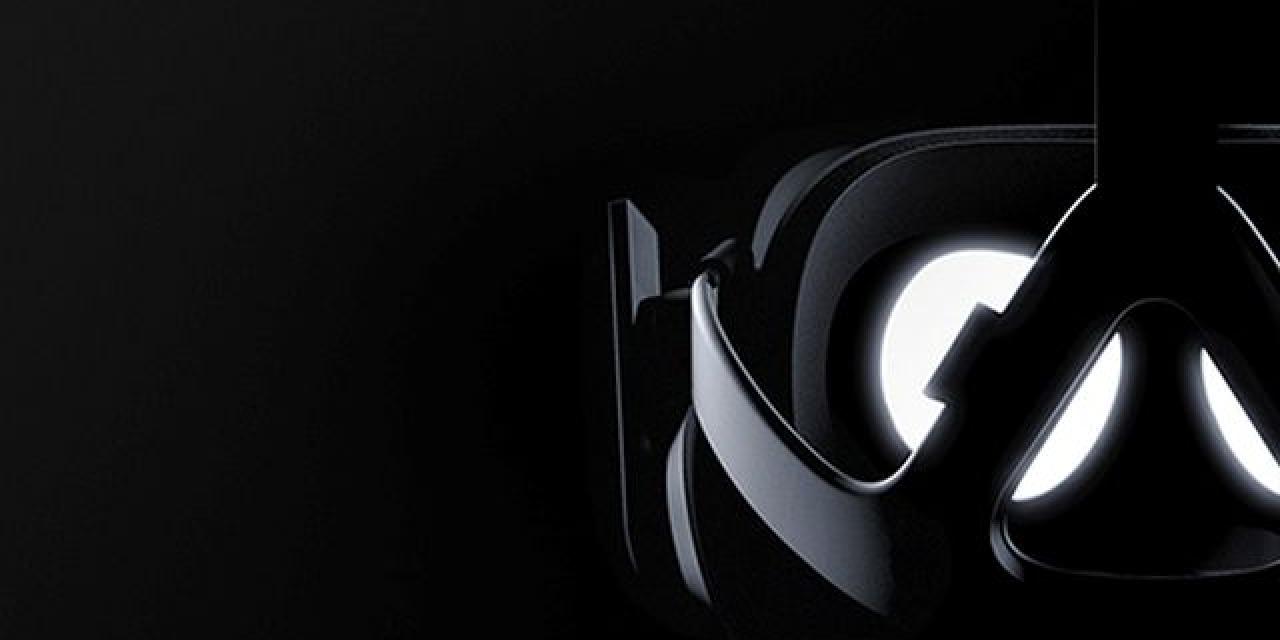
The official Oculus Rift system requirements are out and they are pretty steep!
Following the revelation that Oculus Rift will find its way to consumer hands before March 2016, Oculus revealed that the recommended system specs to be able to use its famous virtual reality headset are as follows:
• NVIDIA GTX 970 / AMD 290 equivalent or greater
• Intel i5-4590 equivalent or greater
• 8GB+ RAM
• Compatible HDMI 1.3 video output
• 2x USB 3.0 ports
• Windows 7 SP1 or newer
Those requirements are well above today's mid-range gaming PCs, but they are justified by the extra resolution and refresh rate requirements for seamless virtual reality experience.
"On the raw rendering costs: a traditional 1080p game at 60Hz requires 124 million shaded pixels per second," explained Oculus Chief Architect Atman Binstock. "In contrast, the Rift runs at 2160×1200 at 90Hz split over dual displays, consuming 233 million pixels per second. At the default eye-target scale, the Rift’s rendering requirements go much higher: around 400 million shaded pixels per second. This means that by raw rendering costs alone, a VR game will require approximately 3x the GPU power of 1080p rendering."
Binstock explained that PC and console games can afford to have their frame rate fluctuate between 60 and 30 fps but virtual reality games can't.
The Oculus Chief Architect also noted that even modern high end gaming laptops won't be able to run Oculus Rift. For one, there is nary a laptop with GPU performance matching the recommended specs. But more importantly, the output of most discrete GPU laptops have to pass through the less powerful integrated graphics chip. This connection should be transparent, but it is not that transparent for Oculus Rift purposes. Of course this may change as virtual reality becomes popular enough for GPU makers to revisit their architecture.








